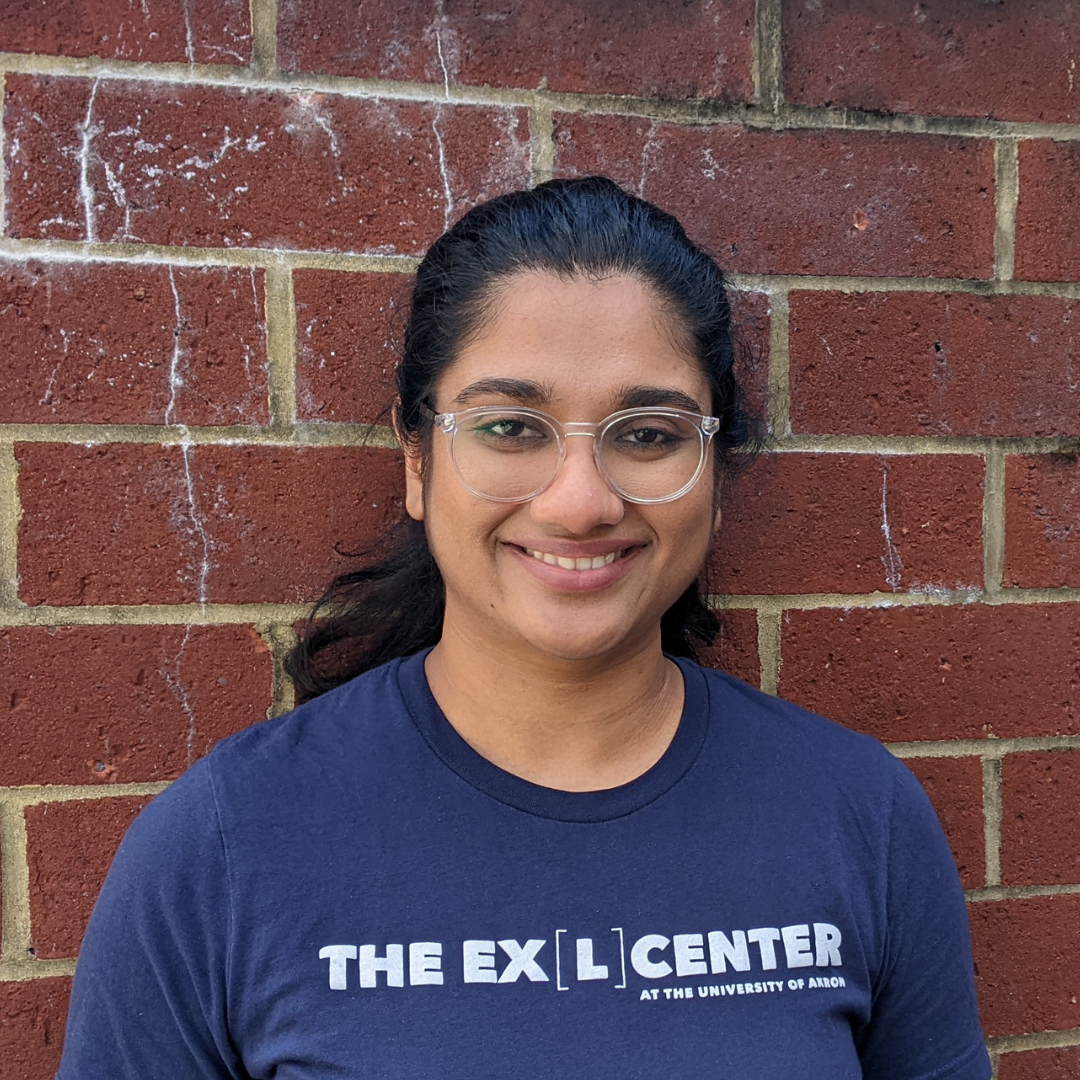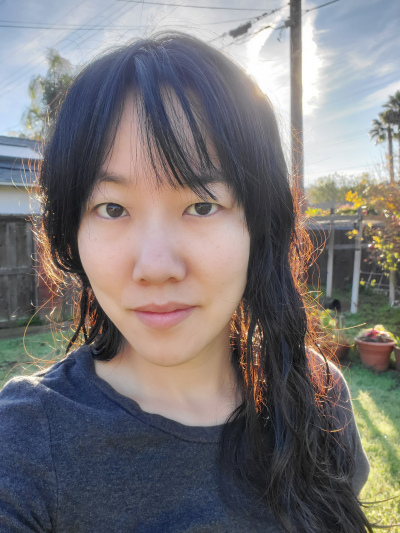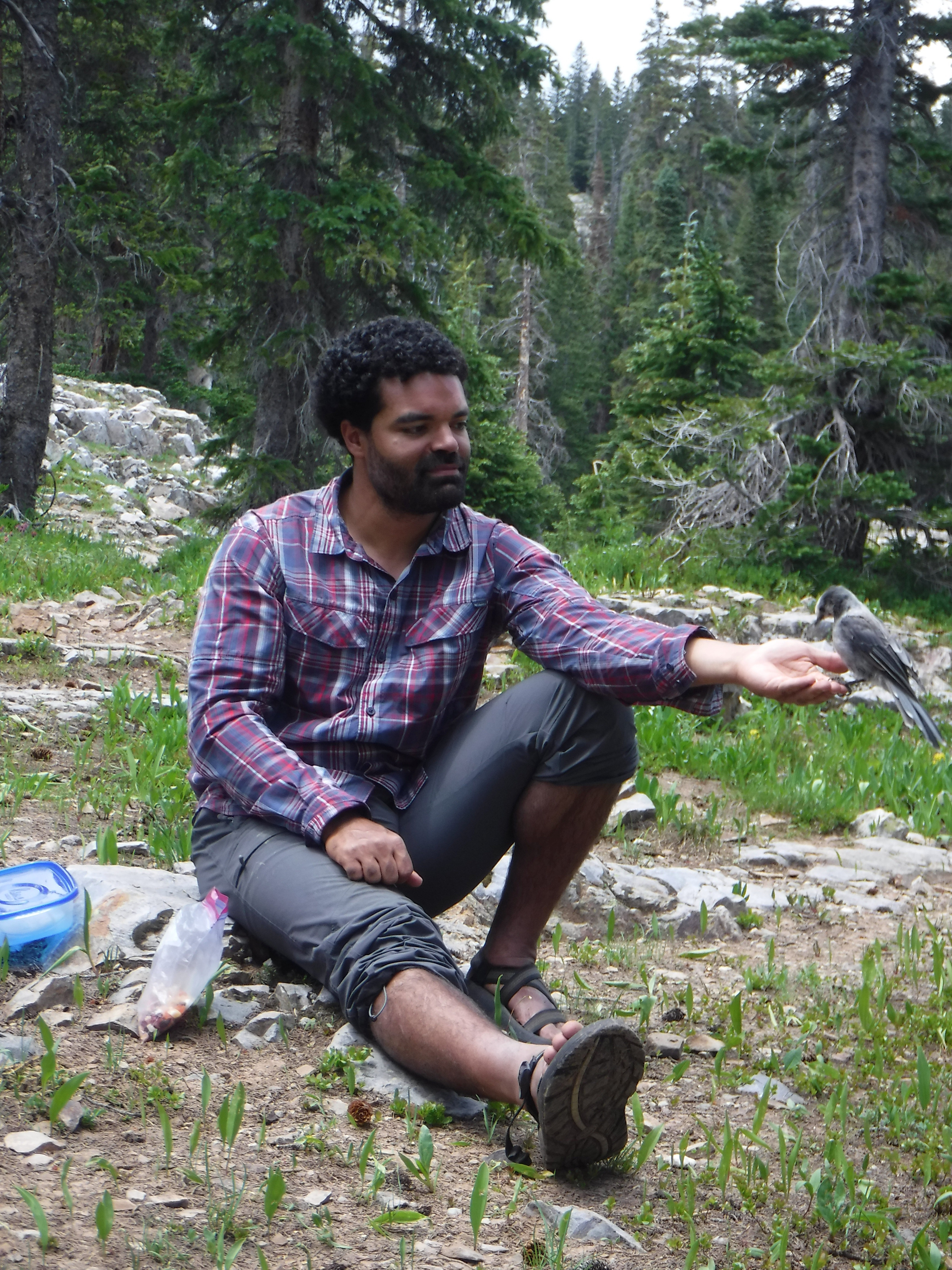GRADUATE STUDENT RESEARCH SPOTLIGHT: Chathumadavi Ediriweera

Hi, I'm Chathumadavi Ediriweera, a 4th year Ph.D. candidate in the Integrated bioscience program at the University of Akron.
Growing up, I always loved biology and solving math problems. When I was about to choose a major for college, I was divided between biology and engineering, because I wanted to do both. At that time, I was thrilled to find out that there was an emerging field called "Bioinformatics" which is a hybrid of molecular biology and computer programming disciplines. So I choose to major in Bioinformatics so that I can solve biological problems using programming.
I learned that Dr. Weeks' lab was looking for a graduate student with bioinformatics skills to work on a bioinformatic project for sex chromosome evolution. I was really excited to be a part of this project as it would be a great opportunity for me to learn about sex chromosome evolution and gain new skills and experience in the bioinformatics domain. So I decided to enter the Integrated bioscience Ph.D. program at the University of Akron.
There are so many things I like about UA. If I have to choose one, it would be the autonomy I have when it comes to conducting research. The working environment is really pleasant and positive. And the faculty is really friendly and helpful.
My short-term goal is to successfully finish my Ph.D. and work on human disease-related projects. I want to learn about the underlying molecular basis of human diseases and how to cure those diseases. Since I'm a knowledge worker, my long-term goal would be really good at what I'm doing, become an entrepreneurial consultant and monetize my expertise.
GRADUATE STUDENT RESEARCH SPOTLIGHT: Sarah Han

My love of science is tied closely to my love of reading. I always enjoyed the more personal, almost loving observations of the natural world, as told by naturalists such as Jean-Henri Fabre and Gerald Durrell. The scenes they described, rich in both scientific observations and a clear love of their subjects, made me want to learn more about nature, to see all the fascinating and adorable wonders for myself. I studied entomology as an undergrad, which I loved. Currently I focus on arthropod biomechanics and spider-web-prey interactions for my doctoral studies.
My research in Dr. Todd Blackledge’s lab focuses mainly on how spider webs deal with energy: storing, releasing, dissipating. Our research on the triangle spider, Hyptiotes cavatus, led us to document the first example of external power amplification-a spider using stored elastic energy to shoot its web towards prey, like a catapult or slingshot. No other animal (except humans) does this-they all store elastic energy inside their bodies, not in external devices such as webs. Of course, now we see possible evidence of other spiders doing similar things, which is really exciting. Active tool use in animals may be more widespread than previously thought!
I first became aware of The University of Akron’s Integrated Bioscience program because of the Biomimicry Fellowship. Working for my sponsor, Goodyear, has allowed me to share how biomimicry can be a valuable tool for solving problems and optimizing existing solutions. I am still searching for a way to tie my spider research to biomimicry.
I’m not sure what I’ll do once I graduate. I am interested in the intersection between art and science. Learning how to communicate research in different ways can help it reach a wider audience, and expand its significance beyond data and results. Scientific research is already functional, but I would like to help make it beautiful as well, like the writings that once inspired me.
GRADUATE STUDENT RESEARCH SPOTLIGHT: Ariana Rupp
If there is any constant in my multidisciplinary explorations, it would be a playful curiosity about patterns and the physical world. While an undergrad in physics engineering satisfied such curiosity in part, chickens were interpreted as unsettling solid spheres: the field was not “real-world” enough. After a sharp turn for industrial design and makerspaces, avian concepts finally had familiar materiality and organic contours, but functionality was reduced to ergonomic empty boxes. And then I was unexpectedly summoned by the biological world: a recording of FESTO’s jellyfish prototype…flying better than the chickens. Its mechanized beauty was the brain candy I was looking for. Biomimetics, where physics and design synergize by nature, where the complexity of a chicken’s structure is ultimately acknowledged, became my main field of interest. The Integrated Bioscience Ph.D. program at the University of Akron opened a door for me to step not only into such an exciting field, but also into the unique creative process of my sponsor, Nottingham Spirk - The Business Innovation Firm. After much (bio)diverse wandering and learning, my research now aims to find patterns in leaf shapes for thermal design and human application, under the advisement of biodesign-enthusiast Dr. Gruber.
GRADUATE STUDENT RESEARCH SPOTLIGHT: Katelyn Sondereker

Katelyn Sondereker is an aspiring Retinal Neuroscientist whose research involves the study of melanopsin ganglion cells in the mouse retina. In particular, she is teasing out the morphology and functionality of a cone-to-melanopsin ganglion cell connection that has never before been studied. She is an accomplished confocal and multi-photon microscopist who is currently doing ex vivo retinal calcium imaging to study this unique circuit.
Katelyn's research also involves printing 3D neurons for educational purposes, as she has an affection for anatomy and for teaching others complex scientific principles. Recently, she has become involved with glaucoma research, and she hopes her findings will continue to propel vision research forward.
GRADUATE STUDENT RESEARCH SPOTLIGHT: Scott Thomas

My research focuses on how amphibian population sizes change through time and the ecological and evolutionary factors that shape those changes. I joined the Integrated Bioscience PhD program to analyze over 20 years of spotted salamander population data collected by the lab of my advisor, Dr. Peter Niewiarowski, to find the demographic factors associated with changes in abundance across the study. Noticing the great variation in amphibian life cycles and habitat usage, I further sought to ask how these factors might condition how a given population operates. This led me to expand the scope of my research to other spotted salamander populations as well as in populations of the related tiger salamander in western Colorado. In spotted salamanders, I compared the developmental traits of larvae originating from ponds that vary in their risk of drying before metamorphosis. In tiger salamanders, which sometimes cannibalize hatchlings en masse, I compared how variation in body size and energy availability affect cannibalism rates. The UA field station, faculty, and other resources helped me accomplish this work and earn a National Science Foundation postdoctoral research fellowship. For my postdoc research, I will be continuing my work in Colorado by using long-term data, experiments, and computational models to explore how elevation and other types of energy gradients affect population dynamics.
The UA field station, faculty, and other resources helped me accomplish this work and earn a National Science Foundation postdoctoral research fellowship. For my postdoc research, I will be continuing my work in Colorado by using long-term data, experiments, and computational models to explore how elevation and other types of energy gradients affect population dynamics.
